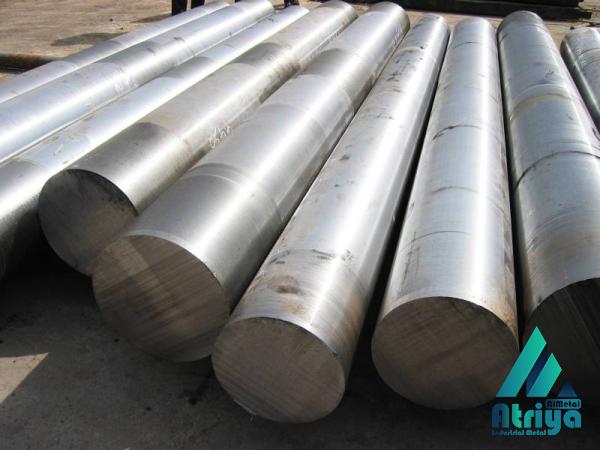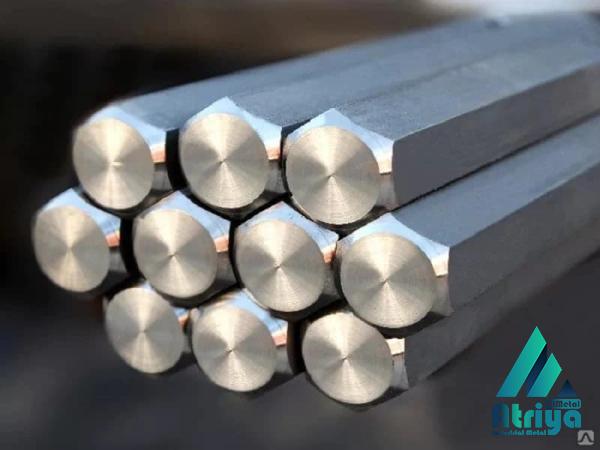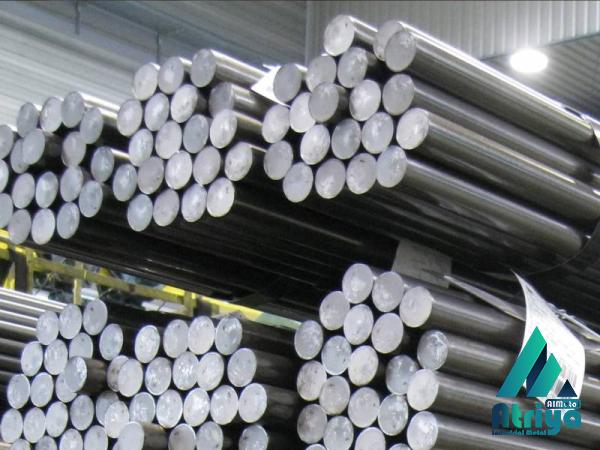Steel bars, commonly referred to as reinforcement bars or rebars, play a crucial role in the construction industry. One of their paramount applications is in the formation of sturdy slabs, which are vital elements in the construction of various structures, including buildings, bridges, roads, and industrial facilities. This article aims to provide a comprehensive overview of steel bars used in slabs, highlighting their importance, types, manufacturing processes, and the key considerations when selecting the appropriate bars for different applications. I. Importance of Steel Bars in Slabs: Slabs are horizontal structural elements that are designed to support the loads imposed upon them, whether from above (dead load) or additional live loads. Steel bars serve as an integral component within slabs to enhance their structural integrity, offer resistance against tensile forces, restrain cracking, and improve durability. They act as a skeletal framework to reinforce the concrete, preventing it from failing under various types of stresses. Without the inclusion of steel bars, slabs would be prone to cracking and vulnerability, compromising their overall structural stability. II. Types of Steel Bars Used in Slabs: 1. Mild Steel Bars: Mild steel bars, also known as plain bars or black bars, are the most common type of reinforcement bars used in slab construction. They possess relatively low tensile strength and are primarily utilized for providing stability and preventing shrinkage cracks.
iron
 2. Deformed Steel Bars: Deformed steel bars are characterized by raised patterns or deformations, which provide a better bond with the concrete. These bars offer improved mechanical properties, including higher yield strength and increased resistance to lateral forces. They are extensively used in slabs where additional strength and reinforcement are required. III. Manufacturing Processes of Steel Bars: Steel bars used in slabs are typically manufactured through two primary processes: 1. Hot-Rolled Process: In the hot-rolled process, steel billets or blooms are heated to a high temperature and passed through rolling mills to form different shapes and sizes. This process imparts higher ductility and a rough surface texture to the bars, allowing for better bonding with concrete. 2. Cold-Worked Process: Cold-worked steel bars undergo plastic deformation at room temperature, typically through the use of force or pressure. This process imparts a smoother finish to the bars, making them suitable for applications where aesthetics are important, such as architectural slabs. IV. Key Considerations in Selecting Steel Bars for Slabs: When selecting steel bars for slab construction, several factors need to be considered to ensure optimal performance and structural stability: 1. Strength and Durability: The required tensile strength and durability of steel bars are determined by the anticipated loads and the type of structure.
2. Deformed Steel Bars: Deformed steel bars are characterized by raised patterns or deformations, which provide a better bond with the concrete. These bars offer improved mechanical properties, including higher yield strength and increased resistance to lateral forces. They are extensively used in slabs where additional strength and reinforcement are required. III. Manufacturing Processes of Steel Bars: Steel bars used in slabs are typically manufactured through two primary processes: 1. Hot-Rolled Process: In the hot-rolled process, steel billets or blooms are heated to a high temperature and passed through rolling mills to form different shapes and sizes. This process imparts higher ductility and a rough surface texture to the bars, allowing for better bonding with concrete. 2. Cold-Worked Process: Cold-worked steel bars undergo plastic deformation at room temperature, typically through the use of force or pressure. This process imparts a smoother finish to the bars, making them suitable for applications where aesthetics are important, such as architectural slabs. IV. Key Considerations in Selecting Steel Bars for Slabs: When selecting steel bars for slab construction, several factors need to be considered to ensure optimal performance and structural stability: 1. Strength and Durability: The required tensile strength and durability of steel bars are determined by the anticipated loads and the type of structure.
Specifications of iron
 Engineers should select bars that can withstand the design loads and environmental conditions to ensure long-lasting performance. 2. Bonding Capacity: The ability of steel bars to form a strong bond with concrete is crucial in slab construction. Deformed bars provide enhanced bonding due to their rough surface texture, ensuring effective transfer of forces between the concrete and steel reinforcement. 3. Corrosion Resistance: Considering the exposure of slabs to moisture and potentially corrosive elements, it is essential to choose steel bars with appropriate corrosion resistance properties. Epoxy-coated or galvanized steel bars can offer added protection against corrosion, extending the lifespan of the slabs. 4. Dimensional Accuracy and Straightness: Steel bars used in slabs need to meet stringent dimensional tolerances and have straightness to ensure proper alignment and easy placement within the concrete structure. Bent, twisted, or improperly sized bars can compromise the integrity of the slabs. V. Installation and Placement of Steel Bars in Slabs: Proper installation and placement of steel bars in slabs are crucial for achieving optimal structural performance. Key considerations during installation include the following: 1. Reinforcement Layout: Engineers should determine the ideal spacing, size, and arrangement of steel bars within the slab. It involves considering the anticipated loads, slab thickness, and any specific design requirements. 2. Bar Positioning: Steel bars should be positioned at the required depth within the slab to provide adequate cover from the surface. Incorrect positioning can lead to insufficient bond with concrete or inadequate reinforcement.
Engineers should select bars that can withstand the design loads and environmental conditions to ensure long-lasting performance. 2. Bonding Capacity: The ability of steel bars to form a strong bond with concrete is crucial in slab construction. Deformed bars provide enhanced bonding due to their rough surface texture, ensuring effective transfer of forces between the concrete and steel reinforcement. 3. Corrosion Resistance: Considering the exposure of slabs to moisture and potentially corrosive elements, it is essential to choose steel bars with appropriate corrosion resistance properties. Epoxy-coated or galvanized steel bars can offer added protection against corrosion, extending the lifespan of the slabs. 4. Dimensional Accuracy and Straightness: Steel bars used in slabs need to meet stringent dimensional tolerances and have straightness to ensure proper alignment and easy placement within the concrete structure. Bent, twisted, or improperly sized bars can compromise the integrity of the slabs. V. Installation and Placement of Steel Bars in Slabs: Proper installation and placement of steel bars in slabs are crucial for achieving optimal structural performance. Key considerations during installation include the following: 1. Reinforcement Layout: Engineers should determine the ideal spacing, size, and arrangement of steel bars within the slab. It involves considering the anticipated loads, slab thickness, and any specific design requirements. 2. Bar Positioning: Steel bars should be positioned at the required depth within the slab to provide adequate cover from the surface. Incorrect positioning can lead to insufficient bond with concrete or inadequate reinforcement.
buy iron
 3. Bar Bending and Lap Length: Where necessary, steel bars should be bent to suit the shape and design requirements of the slab. Lap length, which refers to the overlap of adjacent bars to ensure continuity, must be carefully calculated and executed to prevent weak points. 4. Concrete Pouring and Vibration: During the pouring of concrete, proper vibration techniques should be employed to ensure adequate consolidation around the steel bars. This helps minimize voids, enhance bond strength, and improve the overall quality of the slab construction. VI. Conclusion: Steel bars play a vital role in slab construction, offering reinforcement and structural stability. Understanding the importance of steel bars, their types, manufacturing processes, and key considerations in selection and placement is crucial for engineers and construction professionals involved in slab construction. By ensuring proper reinforcement with high-quality steel bars, the integrity and longevity of slabs can be guaranteed, providing a solid foundation for various structural applications.
3. Bar Bending and Lap Length: Where necessary, steel bars should be bent to suit the shape and design requirements of the slab. Lap length, which refers to the overlap of adjacent bars to ensure continuity, must be carefully calculated and executed to prevent weak points. 4. Concrete Pouring and Vibration: During the pouring of concrete, proper vibration techniques should be employed to ensure adequate consolidation around the steel bars. This helps minimize voids, enhance bond strength, and improve the overall quality of the slab construction. VI. Conclusion: Steel bars play a vital role in slab construction, offering reinforcement and structural stability. Understanding the importance of steel bars, their types, manufacturing processes, and key considerations in selection and placement is crucial for engineers and construction professionals involved in slab construction. By ensuring proper reinforcement with high-quality steel bars, the integrity and longevity of slabs can be guaranteed, providing a solid foundation for various structural applications.











Your comment submitted.